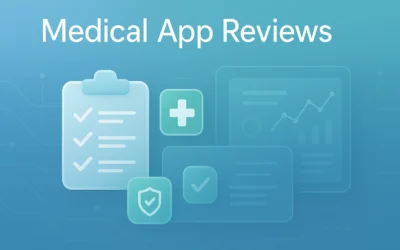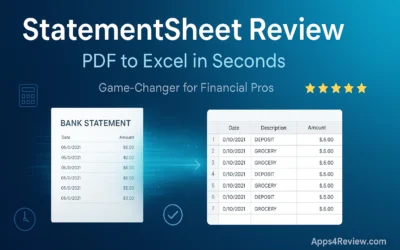Schools and educational institutions have unique needs when it comes to managing student data. A Student Information Management System (SIMS) is a software solution that offers a comprehensive way to manage student information, from enrollment to graduation. Choosing the right SIMS for your school requires careful consideration of several factors. In this article, we’ll discuss the benefits of SIMS, factors to consider, and tips for choosing the right system.
Introduction
Definition of a Student Information Management System: A Student Information Management System (SIMS) is a software solution that is designed to manage student data and facilitate communication between students, parents, teachers, and administrators. It is a comprehensive system that can handle tasks such as student enrollment, attendance tracking, grading, and report cards.
Overview of School ERP Software: School ERP software is a type of SIMS that offers additional features such as financial management, human resources, and inventory management. It is a comprehensive system that can handle all aspects of school operations.
Benefits of School ERP Software
School ERP software provides many benefits to schools and educational institutions. Here are some of the key benefits:
- Improved Student Performance: School ERP software can provide teachers with access to student data, allowing them to track student progress and make informed decisions about how best to help students. It can also provide real-time data on student performance, allowing teachers to quickly identify and address any issues.
- Improved Communication: School ERP software can provide a platform for teachers, administrators, and parents to communicate with each other. This improved communication can help ensure that everyone is on the same page and can help streamline processes.
- Increased Efficiency: School ERP software can automate many of the administrative tasks associated with running a school, such as attendance tracking and grading. This can free up time for teachers and administrators, allowing them to focus on more important tasks.
Factors to Consider When Choosing a Student Information Management System
When choosing a SIMS for your school, there are several factors to consider. Here are some of the key factors:
- Cost: The cost of a SIMS can vary depending on the features and level of support offered. It’s important to consider your budget and make sure that you’re getting the best value for your money.
- Features: Different SIMS offer different features, so it’s important to consider what features are most important to you and make sure that the system you choose has those features.
- User Friendliness: It’s important to make sure that the system you choose is user-friendly and easy to use. This will help ensure that users can quickly learn how to use the system and maximize its potential.
Tips for Choosing the Right Student Information Management System
When choosing a SIMS for your school, several tips can help make the process easier. Here are some tips to keep in mind:
- Research Different Options: It’s important to research different SIMS and compare their features and costs. This will help you make an informed decision about which system is best for your school.
- Ask for Referrals: Ask other schools and educational institutions for referrals. This can help you get an idea of what other schools are using and what they think of the system.
- Review System Documentation: Make sure to read the system documentation carefully. This will help you understand how the system works and make sure that it meets your needs.
Conclusion
School Management Software is a powerful tool that can help schools and educational institutions manage student data and facilitate communication. It can provide many benefits, such as improved student performance, improved communication, and increased efficiency. When choosing a SIMS for your school, it’s important to consider factors such as cost, features, and user-friendliness. It’s also important to research different options, ask for referrals, and review system documentation











